I remember leaving school to my first real job in the travel and wildlife industry like it was yesterday being so excited and packing my bags for a new exciting adventure. Besides the usual things I packed my new little cannon camera looking forward to showing the family what I had been up too when I came back.
I came back after travelling South Africa, Namibia, Botswana, Zimbabwe, Lesotho and Swaziland. One of the most rememberable sighting was coming across a dead springbuck in a National park, confused at what might have happened, we sat a few minutes and out came a cheetah. With so few cheetahs in the wild and seeing it right by the road with a springbuck kill was unreal, but it got even better when 3 young cubs also appeared. When I came home, I put my new photos on the TV and was horrified to see you hardly could tell the difference between the cheetah, grass and the kill. Just one fuzzy blur. At that moment I took all my saving and bought my first camera Nikon D60. I’ve never looked back.
Though photography is no t always easy it has always been rewarding, it can be quite daunting looking at all these fantastic photos that are around us. But for those of us that keep it as a hobby, with average equipment we get pure enjoyment just from improving ourselves.
Animal photography is more challenging than most forms, as they do not always pose perfectly, the weather is not always on your side and you need to be prepared for anything at any time. There is never a moment where you can sit on a single frame and retake it 10,000 times till you get it right, you need to learn to understand the animal, judge its next movement and choose the time that you take that shot.
I am far from a professional, and my photographs do not measure to the true professionals, but its something anyone can enjoy and can fit to any budget, even if it’s with a phone.
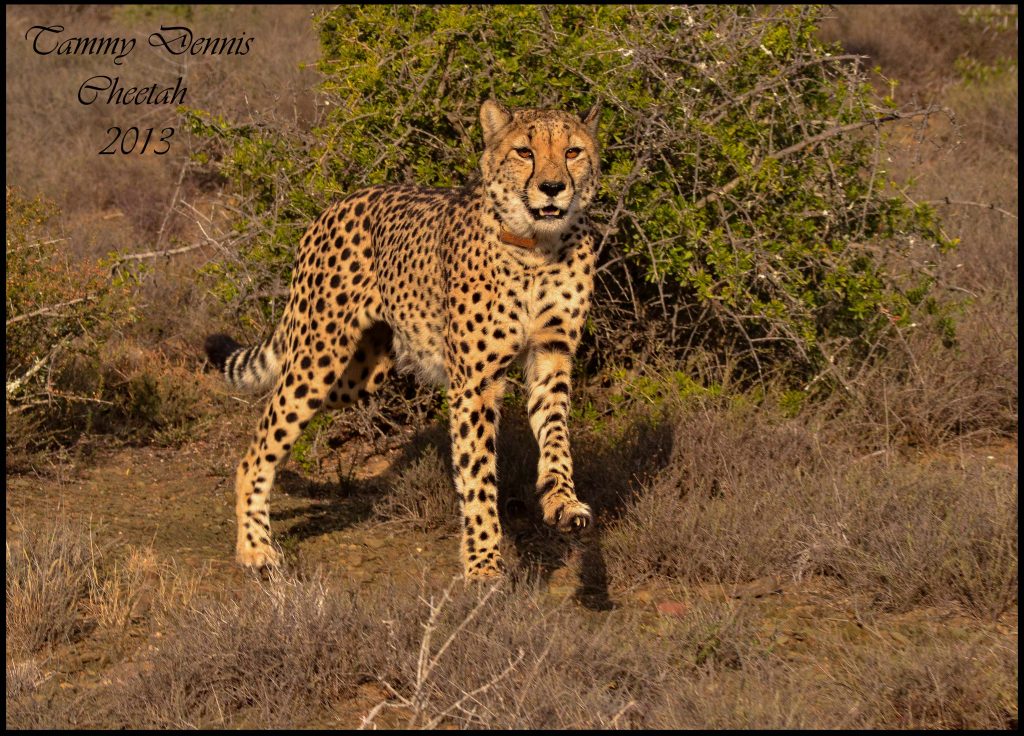
Here are some useful tips for wildlife photography that I learnt over the years taking photographs in South Africa.
- Speed – due to the unpredictable movement part of wildlife photography. It is important to keep the speed high. This allows you to capture movement in its tracks, and not have motion.
- Aperture (f.stop) – a large aperture (smaller number) is great for a short-focused area; allowing extra light which is great for fast movement, but at the cost of foreground and background. A small aperture (larger number) is better for landscape allowing more to be in focus.
- ISO – measures the sensitivity of the camera, a low ISO gives you finer more detailed photos, but allows for movement if there is not enough light, the higher you go the grainer your photos become but allows you to work with less light.
These are the basic settings that need to be finely tuned depending on your situation. Though there are many more things to think about than just these, if you understand these basic functions, you’re on your way to growing and finding your own way to take photographs. Get used to your functions, keep practising and do not be scared to play around with the setting to see what happens, worse case you must go back into nature to take more photographs.

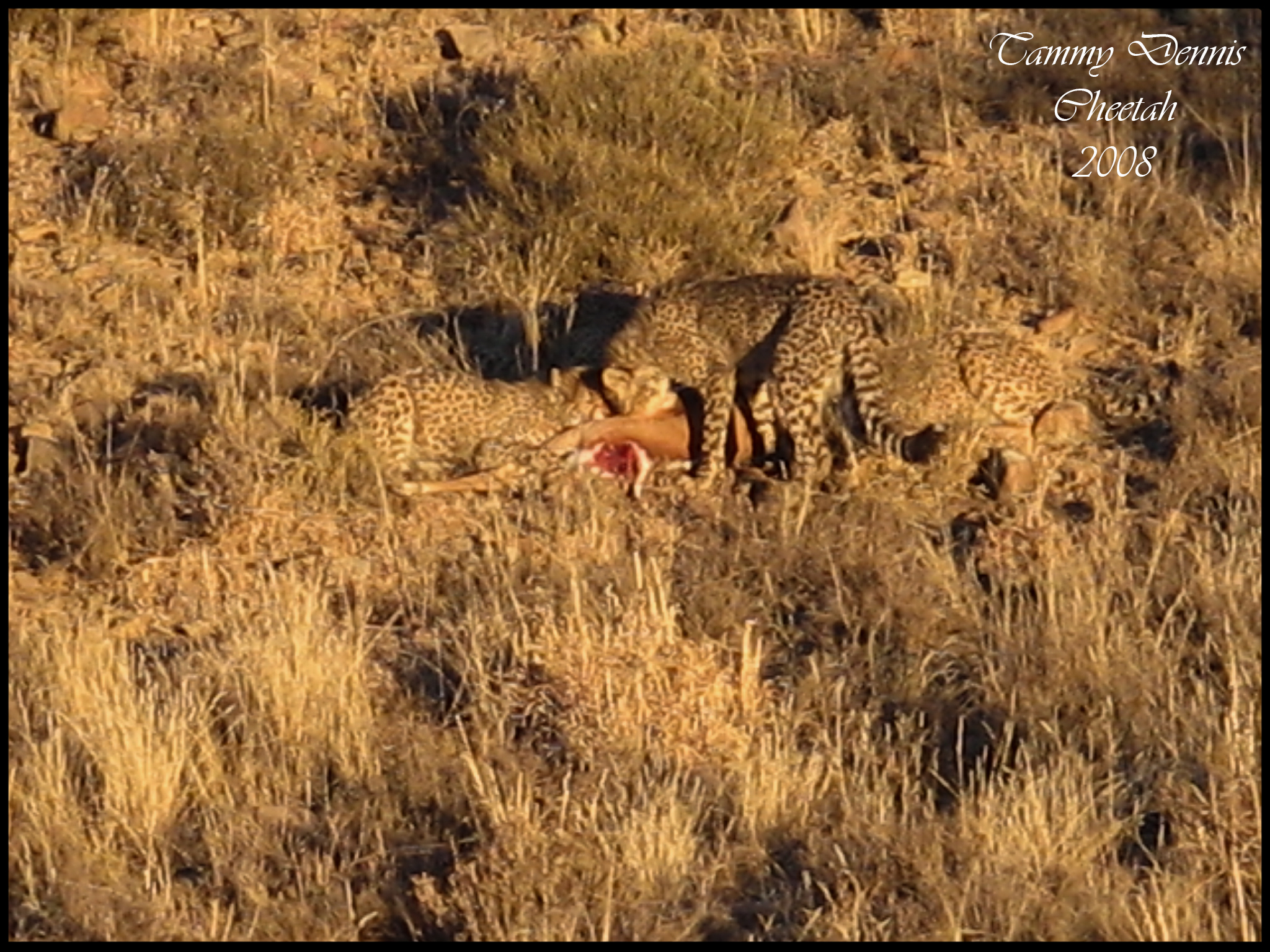
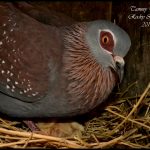
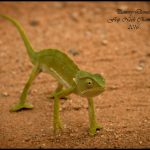
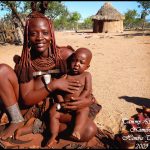
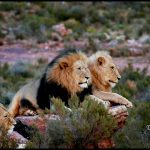

One thought on “Wildlife photography – The basics”